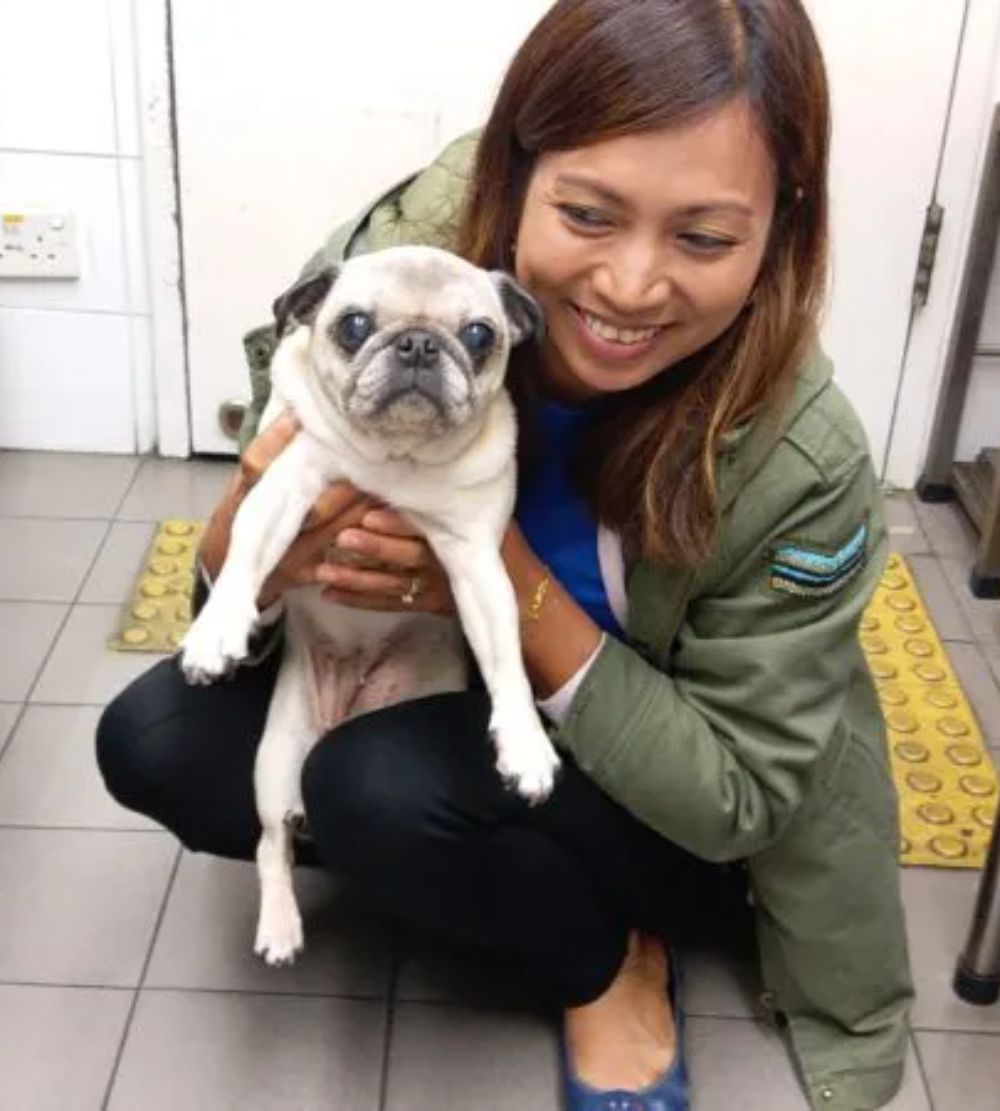Moving to a new country and wondering about the process involved in having your furry friend fly with you? Driving with a pet in the car can be stressful enough. So the thought of your pet boarding an aircraft might sound like a nightmare. But, of course, often you don’t have much of a choice because the thought of leaving a beloved four-legged friend behind is not even an option.
These days, most commercial airlines allow passengers to fly with their pets. This is great news for all the fur-baby parents out there who are moving counties, and naturally, taking their pets with them. However, pets aren’t people, and therefore they have a very different flying experience. Even if your sassy little cat were capable of appreciating the amenities of a first-class ticket, they wouldn’t be eligible.
They may be treated like royalty in your home, but onboard an aircraft there are typically two categories that they will fall into: Carry-on baggage (cabin) or cargo. Below we will take a closer look at each of these options. Keep in mind that every airline is different and may have different requirements. But, for the most part, the general concept will be the same.
Carry-on Baggage (Cabin)
Firstly, you will need to figure out if your pet is small enough to fit under an airplane seat. Some airlines allow pets to travel in cabins if they are small. So if you have a large dog, they will need to fly in cargo luggage.
Most airlines allow passengers to travel with small pets tucked away inside a carrier, and under the seat in front of them. Size and weight restrictions vary between airlines, but most stipulate that together your pet and carrier should not exceed 20 pounds in weight. The other requirement is that the carrier fits under the space in front of you.
It’s also important to note that there are some restrictions in place regarding breed and age. Many airlines don’t allow puppies that are younger than eight weeks to fly in-cabin. In addition, some airlines don’t allow short-nosed dogs to fly because of the increased risk of respiratory problems. However, sometimes short-nosed dogs are only restricted from flying in-cargo, but can fly in-cabin. So it’s important to check these requirements with the relevant airline.
Cargo
Most airlines allow passengers to ship their pets as cargo year-round in climate controlled sections. Cargo hold specifications may vary between airlines, but pilots are able to change the temperature according to the type of “load” and any items that may be sensitive to temperature, like your beloved furry-friend. However, there are often restrictions in place for extreme hot and cold weather conditions. This is because even though the cargo section may be temperature-controlled, other parts of the terminal might not be.
Despite what many people think, pets are not confined with luggage in a dingy dark hole at the bottom of a plane. Your pet will be securely loaded into the cargo area, but their crate will be placed in a separate area, away from the rest of the luggage. Baggage handlers often strap animal crates in place and typically wrap them with perforated air cushion rolls. Also, they get loaded onto the plane last and come off first.
While storing your pet in cargo may be a terrifying thought, it’s really not as bad as you imagine. Some great ways to prepare your fur-baby for the experience is by introducing them to the cargo crate as soon as possible, ensure that they are hydrated (water is very important), and fill the crate with toys and blankets to make them feel comfortable.
Other things to consider
Sometimes airlines restrict the number of pets that they allow onto an aircraft at any one time. This is why it’s very important to book and pay for your pets ticket as far in advance as possible.
It’s also important to go carrier shopping and ensure that you get a carrier that will offer your pet the most comfort, but also complies with airlines rules. There are many different types around so you can shop around to see which one will work best for you.
Lastly, sit back, relax, and enjoy the flight. Remember that airline employees who handle your precious cargo are highly trained and they are often animal-lovers who take your pets safety very seriously.


